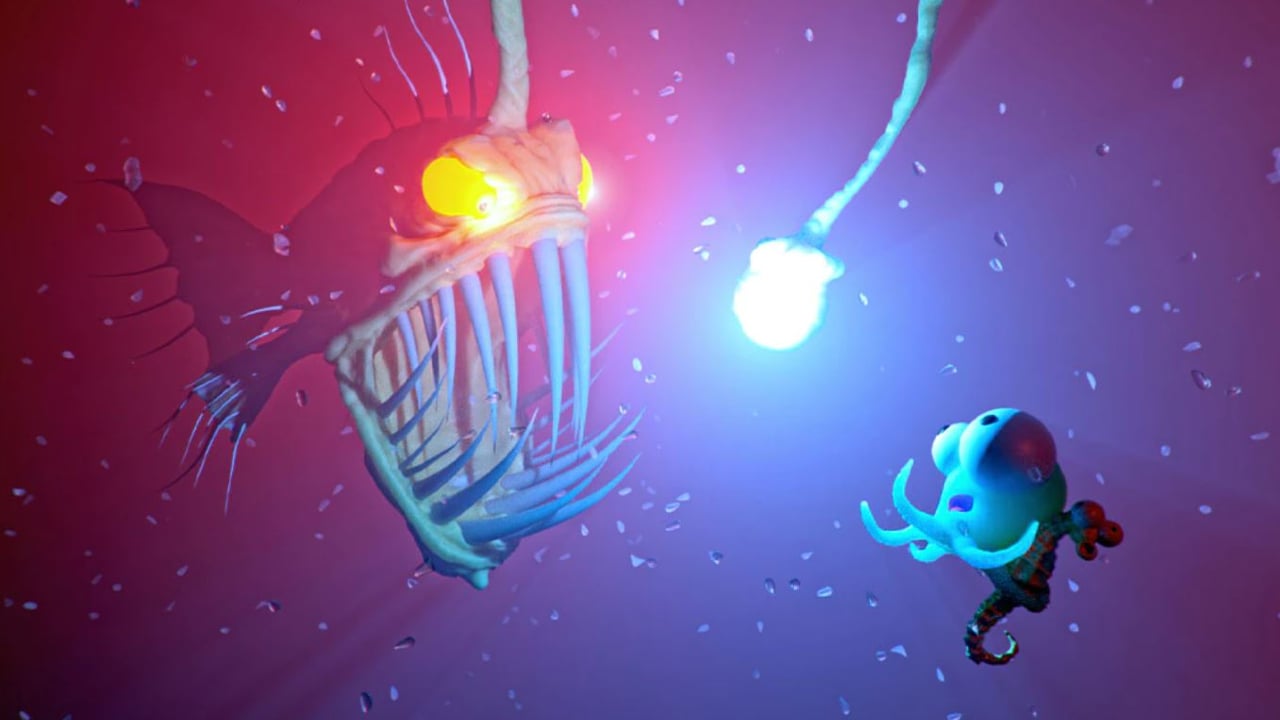
velocity, acceleration, attitude, altitude, heading and targeting data.

There’s a fixed holographic projection within the cockpit, which overlays things that don’t move with your head, e.g. In fact, Chris made the decision to use all three types in Star Citizen from the beginning. I’m seeing a lot of questions about 2D vs.

I’m on the graphics side, so questions related to integration (and hardware compatibility) should generally be directed to my superiors. This includes movable and configurable displays, of course. And the design ethos is to provide maximum information in a compact space during battle. I should add that I’m not authorized to answer all questions, but yes, a great degree of configurability is built into the HUD from the ground floor up.

#DRAGONFRAME 4 HEADS UP CHARACTER DISPLAY CODE#
But I promise the end result is well worth it you’ve never seen this stuff in a HUD before, because we had to rewrite parts of the CryEngine/Scaleform integration code and roll a whole bunch of new graphics methods just to make it work. I was trying to do something that hadn’t been done before, which was part of the reason we missed our integration target, which is most of the reason why the targeting reticles and gun pips weren’t in for the live demo (which is why Chris missed the enemy ship - and why some people seem to doubt the HUD exists). What you’re seeing (for HUD-skeptics) are functional components with a lot of data layers and controls built in, but they aren’t engaged yet in that video. Although this is just the tip of the iceberg, you’ll notice the screen displays there look quite a bit different from anything in the other videos. You can catch a tiny bit of it in the “Immersion” video which shows some of the earliest integrations of marks, radar and ship displays when you climb into the cockpit. Sometimes it feels more like I’m developing an avionics package for the military than for a game! The HUD will be your friend, and learning to read it reflexively will shave crucial milliseconds off your reaction time. My task is to pack as much useful information as possible into tight, clear displays, to give pilots those crucial visual cues that can mean the difference between life and death in a dogfight. All the elements of the HUD systems we’ve developed are based on procedural algorithms and can be customized to different ships and styles to a huge degree of depth and flexibility, keeping the scope of the universe in mind. Chris is an inspiring guy to work for, and I’m honored to have been picked for the job. Taking inspiration from previous Chris Roberts ship controls, nothing in our work is similar to the templates you’ve seen in more recent games it’s been engineered from the ground up to deliver an unparalleled degree of control and detail to the pilot. It is a radically different from the standard game HUD formula that’s prevailed for the last decade. Here some tidbits from the HUD developer himself:

Star Citizen will feature a super powerful, flexible and immersive HUD. The origin of the name stems from a pilot being able to view information with the head positioned "up" and looking forward, instead of angled down looking at lower instruments. A head-up display or heads-up display (also known as a HUD) is any transparent display that presents data without requiring users to look away from their usual viewpoints.


 0 kommentar(er)
0 kommentar(er)
